Trivikram Srinivas is a popular Telugu film writer and Director, well known for films such as Athadu, Jalsa, Attarintiki Daredi, S/o Satyamurthy, etc. He is currently among the top directors of Telugu cinema. Please read this article to understand Direction style and trademarks of Trivikram Srinivas.
Trivikram Srinivas Writing Analysis
Trivikram Srinivas has proved himself as a writer with many successful movies. His dialogues are instantly lovable and he had a successful start as a Director too.
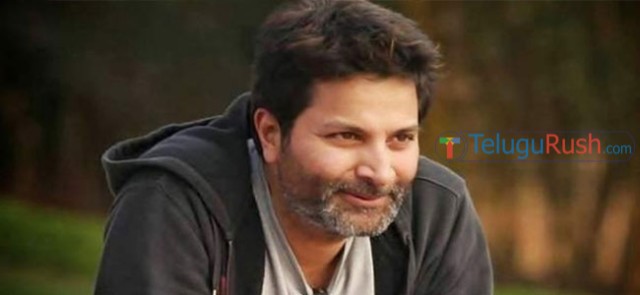
After becoming the Director, he started glorifying heroes and started hero-centric scripts losing his regular touch of philosophic elements. He is still one of the best Dialogue writers of Telugu cinema with adequate amounts of ‘yasa’ and ‘prasa’.
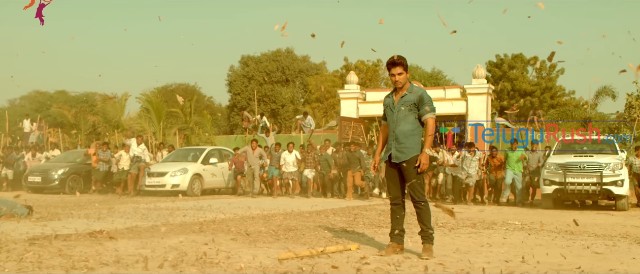
Trivikram Srinivas‘s stories are generally developed around some scenes or dialogues. He manipulates several parts of the story to elevate such scenes, eventually losing the essence of the story. This is the reason many of his films look fine if you watch scene by scene, but don’t make any sense altogether as a film.

Jalsa
Jalsa had no serious conflict established between hero and villain. It seems that they have to modify the second half after shooting the first half of the film, and somehow connect the story to the flashback of the protagonist. When star heroes are involved, such things are unavoidable. So, we couldn’t blame Trivikram Srinivas alone for such mistakes.
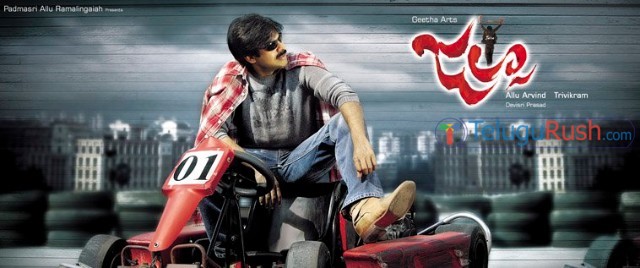
Khaleja
Khaleja is a classic example of how he ruins the majority of the film to forcefully add scenes that he thinks are good. The entire first half of Khaleja revolves around Rajasthan to find a poor Geologist, which has little significance to the main plot of the film. The hero introduction and elevation scenes are glorified using subplots. He wouldn’t have done it if he is not a Director, but just a writer.
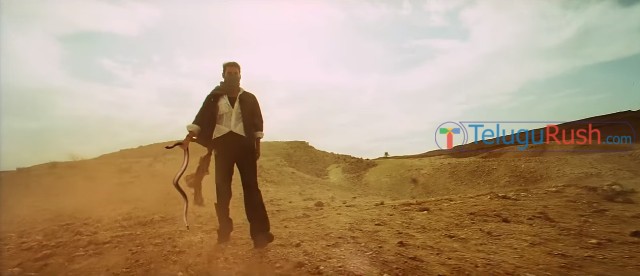
Agnyaathavaasi
Agnyaathavaasi is the lowest point of his career as a writer. The film failed on multiple levels. The lead actor Abhishiktha Bhargav (Pawan Kalyan) has to find the murderers of his father and brother. Even before his introduction, all of it is revealed. Everyone knows that Aadi played the main antagonist. So, nothing is interesting to keep the audience on edge of the seat. To make it logical, Trivikram Srinivas lost his touch of emotions. The lead actor looks a little worried about the demise of his father and entertains the audience in a regular commercial format. There is no seriousness until the interval episode. And then again, we have to wait until the climax to see if anything happens.

Apart from these flaws, he experiments a lot in screenplay format and editing techniques. The fragmented flashback in Attarintiki Daredi enhanced the feel of the story. The multi-perspective flashback worked as a storytelling device in A Aa. He frequently uses the editing techniques like cutting on the action and cross cuts in his movies.
Trivikram Srinivas Direction Analysis
He has a very good understanding of blocking and composition. Since the beginning of his career as a Director, his passion for filmmaking is evident in shots and scenes.
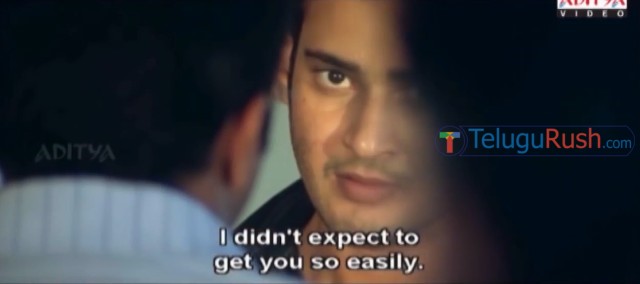
Particularly, S/o Satyamurthy is one of the best Telugu films for anyone looking to learn more about blocking and composition.

He mostly used closeups in his early career, and eventually moved to mid-shots and medium close-ups later. His films have large families or groups of people involved, so he generally starts such scenes with a closeup or medium shot followed by an establishing shot. This gradual movement helps the audience transition between environments. It worked very well in movies like Athadu and Julayi.
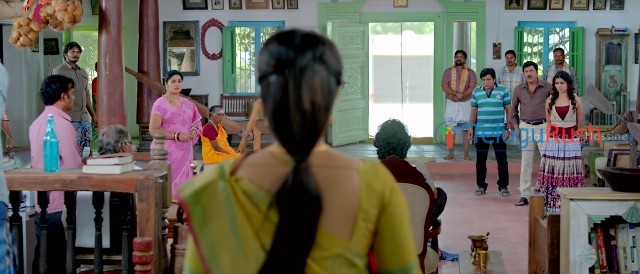
Flaws in Direction
There are serious flaws in his Direction. He writes stories from the influence of Hollywood films and never does adequate research. The snippets lifted off from Hollywood films don’t sync with the family emotional drama he writes and results in a choppy screenplay. For example, snipers never hold guns in their hands like Assault rifles. The sniper rifles are long-range and they shake heavily while targeting, so you need firm support to use them.

Julayi is another example where he portrayed bank robbery in Hollywood style. The henchmen cut fences, kill guards, destroy CCTV cameras to eventually rob the bank by breaking walls. You can find such illogical scenes throughout the film. The entertainment and romance made the film successful. The action is forced into an otherwise romantic entertainer, just to have a star cast.
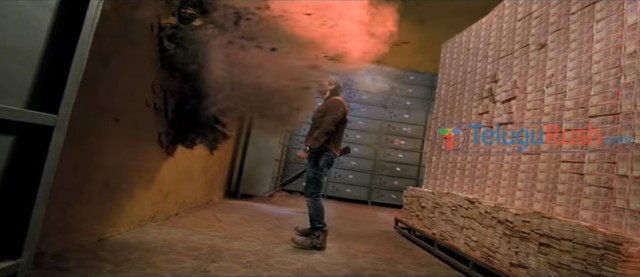
He heavily depends on technicians and if any technician fails, he couldn’t trace out mistakes. For example, there are serious audio mixing errors in Khaleja that generally go unnoticed by the general audience. But at some point, the dialogues fail to sync, particularly with the lead actor. This is a terrible mistake for any Director.
Overall, Trivikram Srinivas had the potential to become a great Director. He only had to learn from his past mistakes and improve his skills.

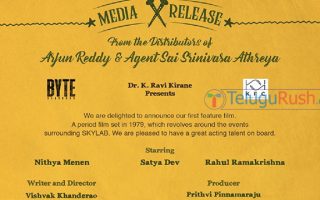


Brutally decoded. Good analysis !. I am fan of 3v but of late he started to step into shoes of regular commercial directors like his peers which had made him lose his sheen as a filmmaker. But he will definitely bounce back, hopefully with Aravinda….